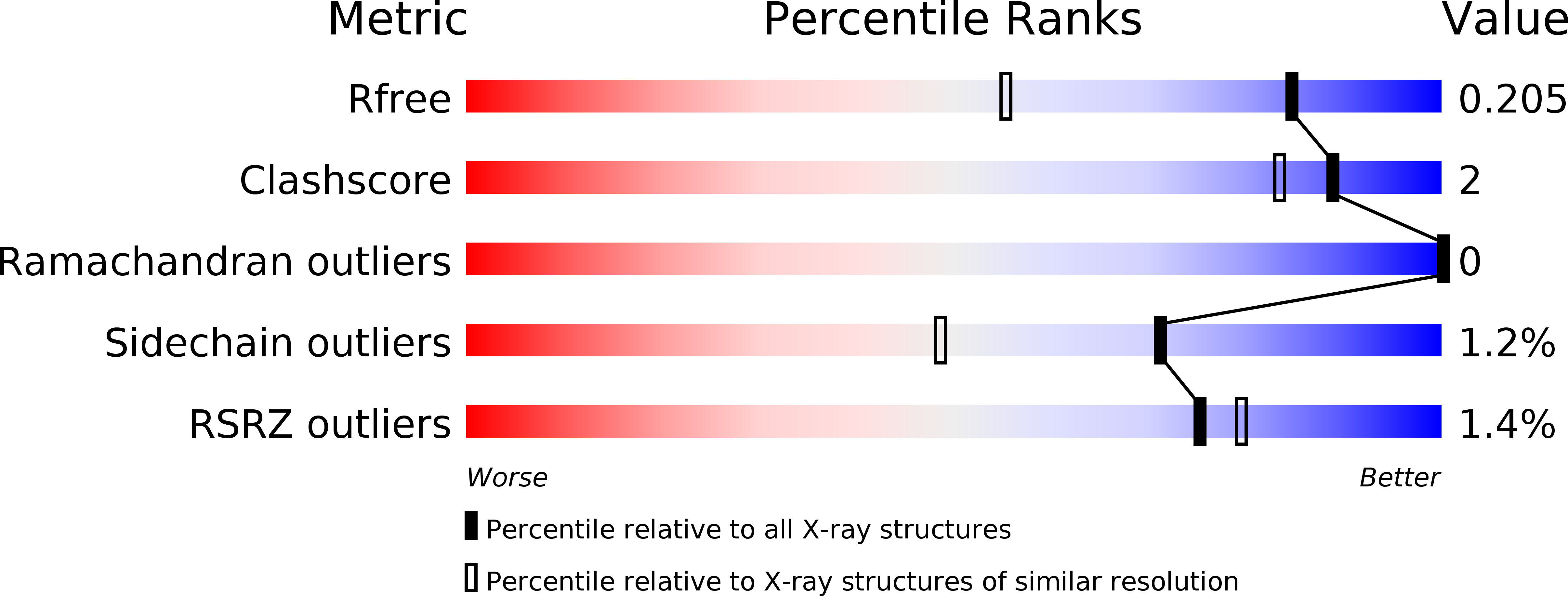Crystal structure of an acetylesterase from Talaromyces cellulolyticus and the importance of a disulfide bond near the active site
Watanabe, M., Fukada, H., Inoue, H., Ishikawa, K.(2015) FEBS Lett 589: 1200-1206
- PubMed: 25825334
- DOI: https://doi.org/10.1016/j.febslet.2015.03.020
- Primary Citation of Related Structures:
5B5S - PubMed Abstract:
Carbohydrate esterase catalyzes the de-O or de-N-acylation of substituted saccharides in plant cell walls and thus has great potential for industrial biomass saccharification. We recently identified the putative carbohydrate esterase family 3 (CE3) from Talaromyces cellulolyticus. Here, we prepared the recombinant catalytic domain of the enzyme and crystallized it. The crystal structure was determined to 1.5 Å resolution. From the structural analysis, it was elucidated that a n-octyl-β-D-glucopyranoside bound to near the catalytic triad (Ser10, Asp179 and His182) and was buried in the active site cavity. Site-directed mutagenesis showed that the N-terminal disulfide bond located near the catalytic triad is involved in the activity and structural stability of the enzyme.
Organizational Affiliation:
Biomass Refinery Research Center, National Institute of Advanced Industrial Science and Technology (AIST), 3-11-32 Kagamiyama, Higashi-Hiroshima, Hiroshima 739-0046, Japan.




















